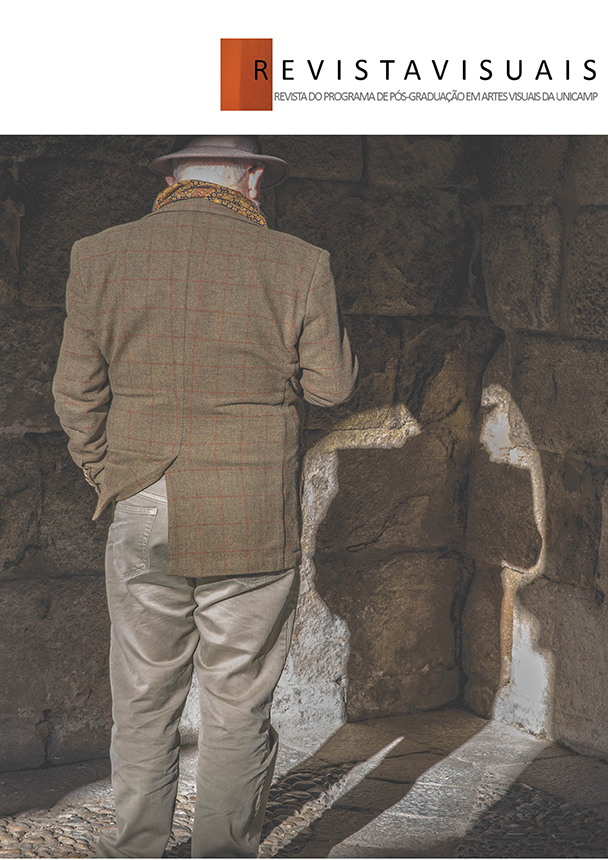Abstract
We are used to having a particular view of the world and sometimes our way of thinking seems unquestionable. However, what sustains our ideas? Is there only one way of thinking about reality or the state of things?
The work presented here tries to problematize and put into tension different assumptions about art and beauty. This study presents a proposal to reflect on what sustains our value judgements about aesthetics (as a concept of beauty) and art (as artistic creation).
Nowadays, art seems to favour the possession of the work of art rather than its contemplation. Everything seems aestheticised and the boundaries between art and reality are becoming increasingly blurred.
References
ADORNO, Theodor. Teoria estética. Lisboa: Edições 70, 1970.
BENJAMIN, Walter. The Work of Art in the Age of its Technological Reproducibility and Other Writings on Media. Cambridge, Massachusetts: Harvard University Press, 2008.
CLIMENT, Carlos., & LANCE, Manuel. Las proporciones humanas y los cánones artísticos. Valencia: Ed. Universidad Politécnica de Valencia, 2007.
DANTO, Arthur. Qué es el arte. Barcelona: Ed. Lectulandia, 2013.
DANTO, Arthur. Após o fim da Arte: A arte contemporânea e os limites da história. São Paulo: Ed. Odysseus, 2013.
ECO, Umberto. História da Beleza. Rio de Janeiro: Edições Record, 2004.
HEGEL, Georg. Cursos de Estética. São Paulo: Ed. EDUSP. v. 1, 2001.
HEGEL, Georg. Cursos de Estética. São Paulo: Ed. EDUSP. v. 2, 2001.JIMÉNEZ, José. Teoría del arte. Madrid: Editorial Tecnos, 2002.
NIETZSCHE, Friedrich. Beyond Good and Evil. Cambridge: Cambridge University Press, 2002.
WILDE, Oscar. The Picture of Dorian Gray. London: Ed. Penguin, 2019.

This work is licensed under a Creative Commons Attribution-NonCommercial-NoDerivatives 4.0 International License.
Copyright (c) 2023 Revista Visuais


